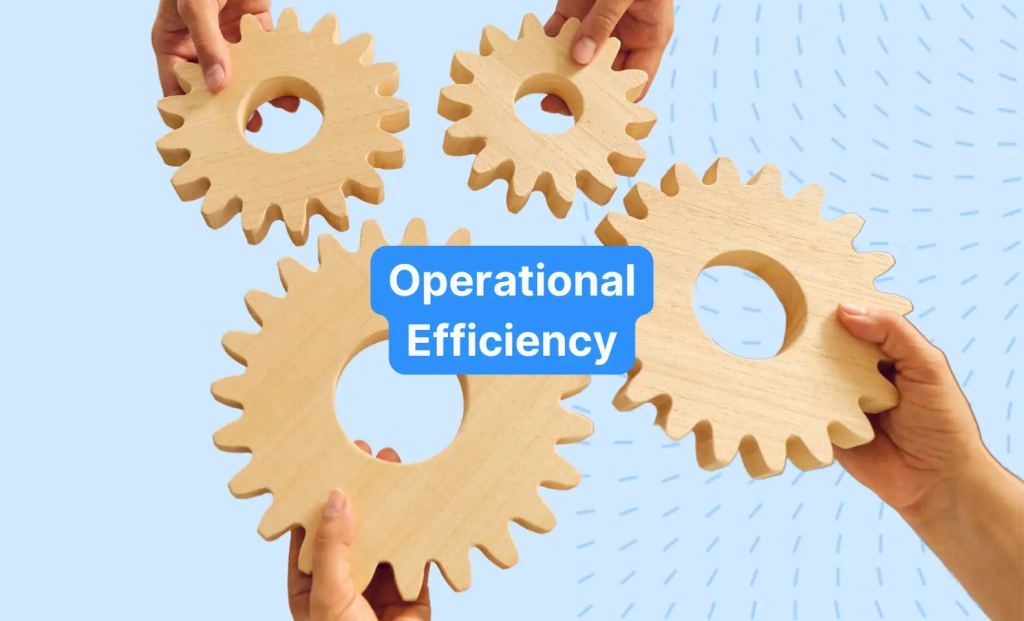How SaaS-Based Logistics Platforms Are Changing the Industry
The logistics industry is undergoing a dramatic transformation driven by technology, and at the heart of this change are SaaS-based logistics platforms. Unlike traditional software installed on local servers, SaaS (Software as a Service) solutions are cloud-based, accessible from anywhere, and designed for scalability, flexibility, and efficiency. This article explores how these platforms are reshaping logistics operations worldwide.

1. What Are SaaS-Based Logistics Platforms?
SaaS-based logistics platforms are cloud-hosted software solutions that manage various aspects of supply chain and logistics operations. They typically include modules for inventory management, order fulfillment, shipment tracking, warehouse operations, and real-time analytics. Users pay a subscription fee and access the platform online, eliminating the need for expensive on-premise infrastructure and complex installations.
These platforms are developed with scalability, enabling logistics providers, freight forwarders, and ecommerce businesses to quickly expand operations without worrying about IT resource constraints.
2. Enhancing Visibility Across the Supply Chain
One of the biggest challenges in logistics is the lack of visibility across multiple stages of the supply chain. SaaS-based logistics platforms address this by offering real-time tracking and status updates for shipments, inventory, and order fulfillment.
For example, ecommerce businesses using a SaaS logistics platform can track inbound stock from suppliers, monitor inventory levels in warehouses, and provide customers with live updates on their order status. This level of transparency improves customer satisfaction and allows businesses to resolve delays or bottlenecks proactively.
3. Improving Operational Efficiency

Traditional logistics systems rely on manual processes, paper-based documentation, and fragmented software tools. It not only slows down operations but also increases the risk of errors. SaaS platforms integrate multiple logistics functions into a unified dashboard, automating repetitive tasks such as:
- Generating shipping labels
- Optimizing warehouse picking routes
- Automatically updating stock levels
- Assigning carriers based on rates and delivery performance
By automating these processes, businesses can reduce operational costs, minimize human errors, and free up staff to focus on strategic tasks.
4. Supporting Scalability and Flexibility
Business demands in logistics can fluctuate dramatically due to seasonal sales peaks, promotions, or market expansions. SaaS-based logistics platforms provide the flexibility to scale operations up or down without additional physical servers or complex software upgrades.
For example, an ecommerce retailer using PostalParcel can easily handle increased data and operational load during Black Friday sales. The platform’s scalable infrastructure ensures that order spikes are processed efficiently without delays. Similarly, fourth-party logistics providers (4PLs) leveraging PostalParcel can onboard new clients quickly, configure their workflows, and manage multiple client accounts from a single, intuitive dashboard.
5. Enabling Data-Driven Decision Making

Data is the new currency in modern logistics. SaaS-based platforms integrate advanced analytics and reporting tools, enabling businesses to gain insights into key performance indicators such as:
- Delivery times
- Inventory turnover rates
- Carrier performance
- Fulfillment accuracy
- Warehouse utilization
These insights allow logistics managers to make informed decisions, optimize routes, reduce delivery times, and identify underperforming areas. Ultimately, it translates into better cost control and improved customer service.
6. Facilitating Integration with Other Systems
Modern logistics operations require seamless integration with ecommerce platforms, ERP systems, CRM tools, and carrier networks. SaaS-based logistics platforms offer robust APIs and built-in integrations that connect with:
- Shopify, WooCommerce
- SAP, Oracle, NetSuite
- FedEx, UPS, DHL, and regional carriers
This connectivity ensures smooth data flow across systems, reduces manual data entry, and improves process efficiency from order placement to final delivery.
7. Reducing Upfront IT Costs
Traditional logistics software often comes with significant upfront license fees, server setup costs, and ongoing maintenance expenses. In contrast, SaaS-based platforms follow a subscription model where businesses pay monthly or annually based on usage and required features. It shifts logistics technology from a capital expenditure (CapEx) to an operational expenditure (OpEx), freeing up cash flow for other strategic investments.
8. Enhancing Security and Compliance

Security is a top concern for logistics companies handling sensitive customer and shipment data. SaaS providers invest heavily in data security, offering:
- SSL encryption
- Role-based access controls
- Regular security updates and compliance certifications
This level of security ensures that businesses can protect customer data and maintain compliance with regulations such as GDPR without building their cybersecurity infrastructure.
9. Driving Innovation in the Logistics Industry
Finally, SaaS-based logistics platforms are enabling faster innovation. Providers frequently release new features, AI-based route optimization tools, and automation modules without requiring complex installations or downtime. It helps logistics businesses stay ahead of competitors by adopting the latest technologies as they become available.
Conclusion
SaaS-based logistics platforms are redefining the industry’s operations by making supply chain management more agile, data-driven, and customer-centric. As ecommerce and global trade continue to grow, adopting these platforms will no longer be optional but essential for businesses aiming to remain competitive, efficient, and responsive in a rapidly evolving market.
Industry Insights
news via inbox
Nulla turp dis cursus. Integer liberos euismod pretium faucibua








